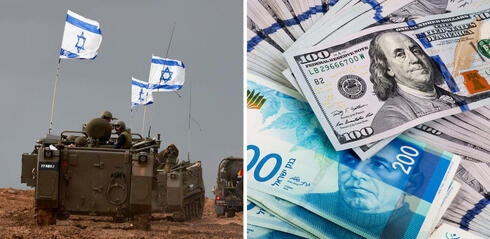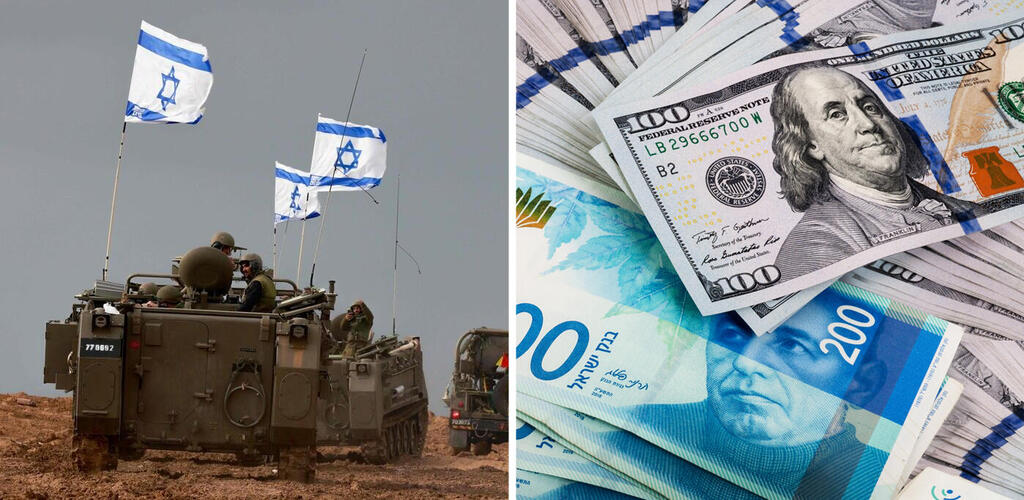
What’s behind the strengthening of the shekel?
A review published by the Chief Economist at the Ministry of Finance does not provide clear explanations for the strengthening of the shekel. Moreover, the review shows that the Treasury estimated that at this stage the value of the shekel would be lower. For answers one must read between the lines
Since the outbreak of the war, the dollar has weakened against the shekel by 5.5% and the euro retreated by more than 2% against the Israeli currency.
Dr. Shmuel Abramzon, Chief Economist at the Ministry of Finance, admitted earlier this week that he estimated that the value of the shekel against the leading currencies would be lower at this stage, and did not provide explanations for the strengthening of the currency since the October 7th attacks.
"In the past month, the shekel strengthened beyond the fundamental factors that explain the development of the exchange rate in the short term, and this strengthening offsets the excess devaluation of the shekel during the past year," concluded a brief overview of the Chief Economist's Division on the changes in the exchange rate since the outbreak of the war.
In other words, the review shows that the treasury models that aim to explain the exchange rate failed to predict the weakening of the shekel in 2023, and now they are also failing to explain what led to the fact that it has strengthened despite the war.
The Ministry of Finance's model for the exchange rate is based on the price of American stocks, the insurance premium for Shekel bonds (CDS) and the exchange rate of the dollar against other currencies. This model was able to explain the increase in the exchange rate at the outbreak of the war, but according to the model, the dollar was supposed to climb much more and reach a level of 3.88 shekels.
While the Chief Economist offers no explanation for the dollar rate, he did rule out certain explanations. The Ministry of Finance states that it is unlikely that the strengthening of the shekel is related to the Bank of Israel's plan to sell dollars at the beginning of the war - the plan in which the bank announced that it would sell up to $30 billion to stabilize the shekel. The Treasury mentions that in practice only $300 million were sold, and states that it is difficult to assume that the very announcement of the bank resulted in such a lasting effect on the exchange rate.
In recent months, a claim has been heard regarding the strengthening of the shekel according to which investors were afraid of the effects of the judicial reform and the subsequent protests more than they are currently afraid of the effects of the war on the Israeli currency. Therefore, since the legal changes have been removed from the table with the outbreak of the war, it is possible that this decrease caused investors not to worry about Israel's economy in the long term.
The Chief Economist does not refer to this claim explicitly but emphasizes that "the strengthening of the shekel has replaced the excess devaluation trend that prevailed in the shekel exchange rate during the first three quarters of 2023.”
In an indirect way, Abramzon refers in his review to the Bank of Israel's reports that attributed the weakening of the shekel in 2023 to possible changes to the legal system.
The fact that Abramzon had to imply his position and not say it explicitly shows that he probably prefers not to directly confront Finance Minister Bezalel Smotrich.














